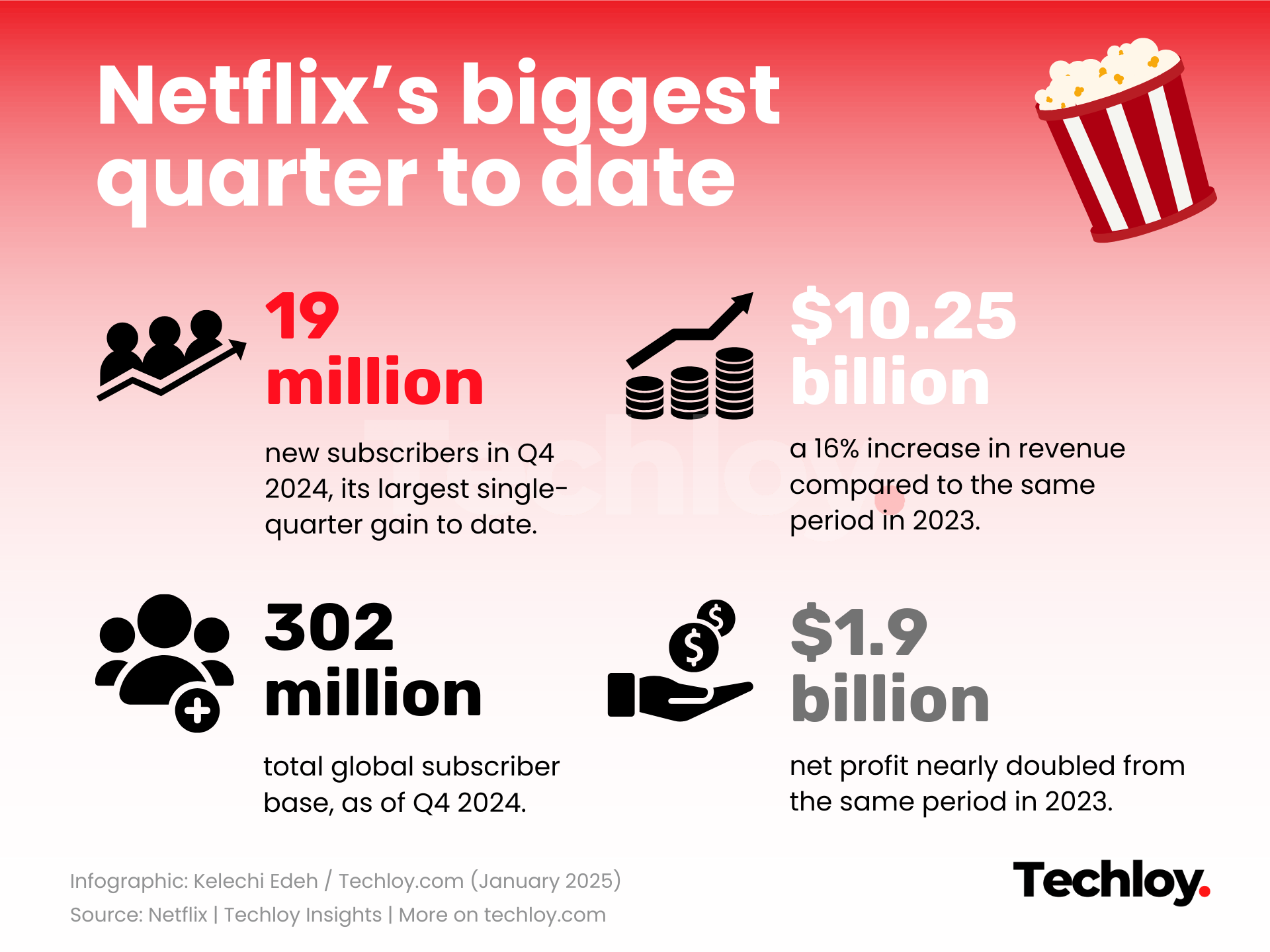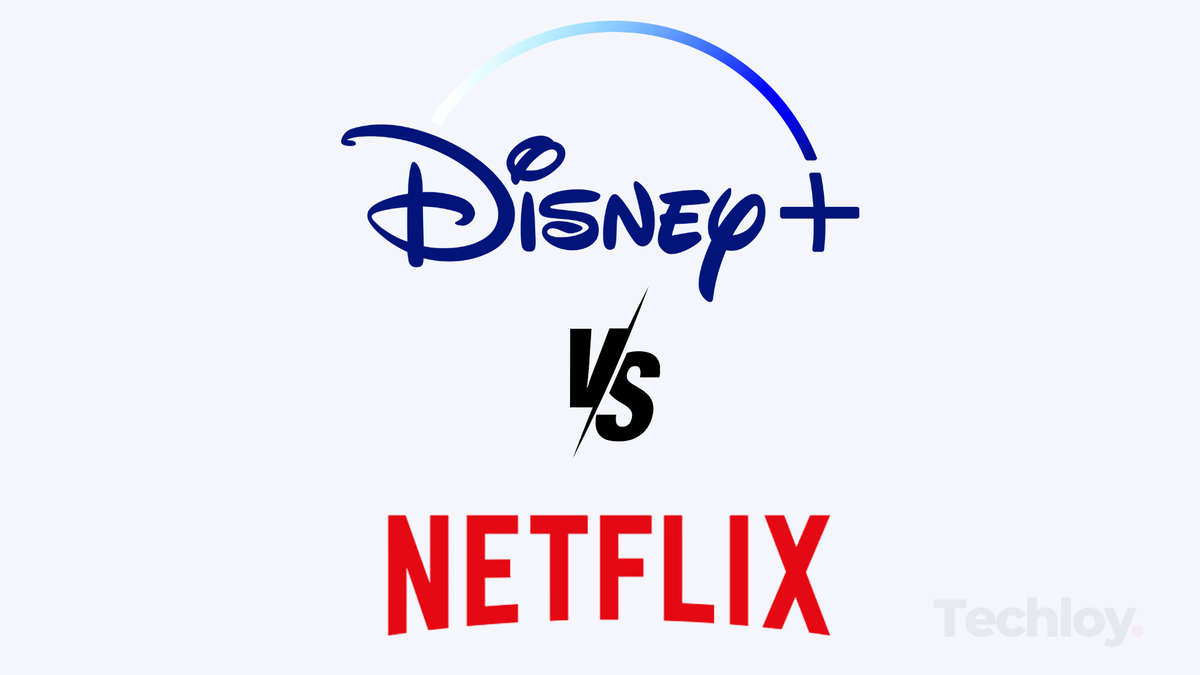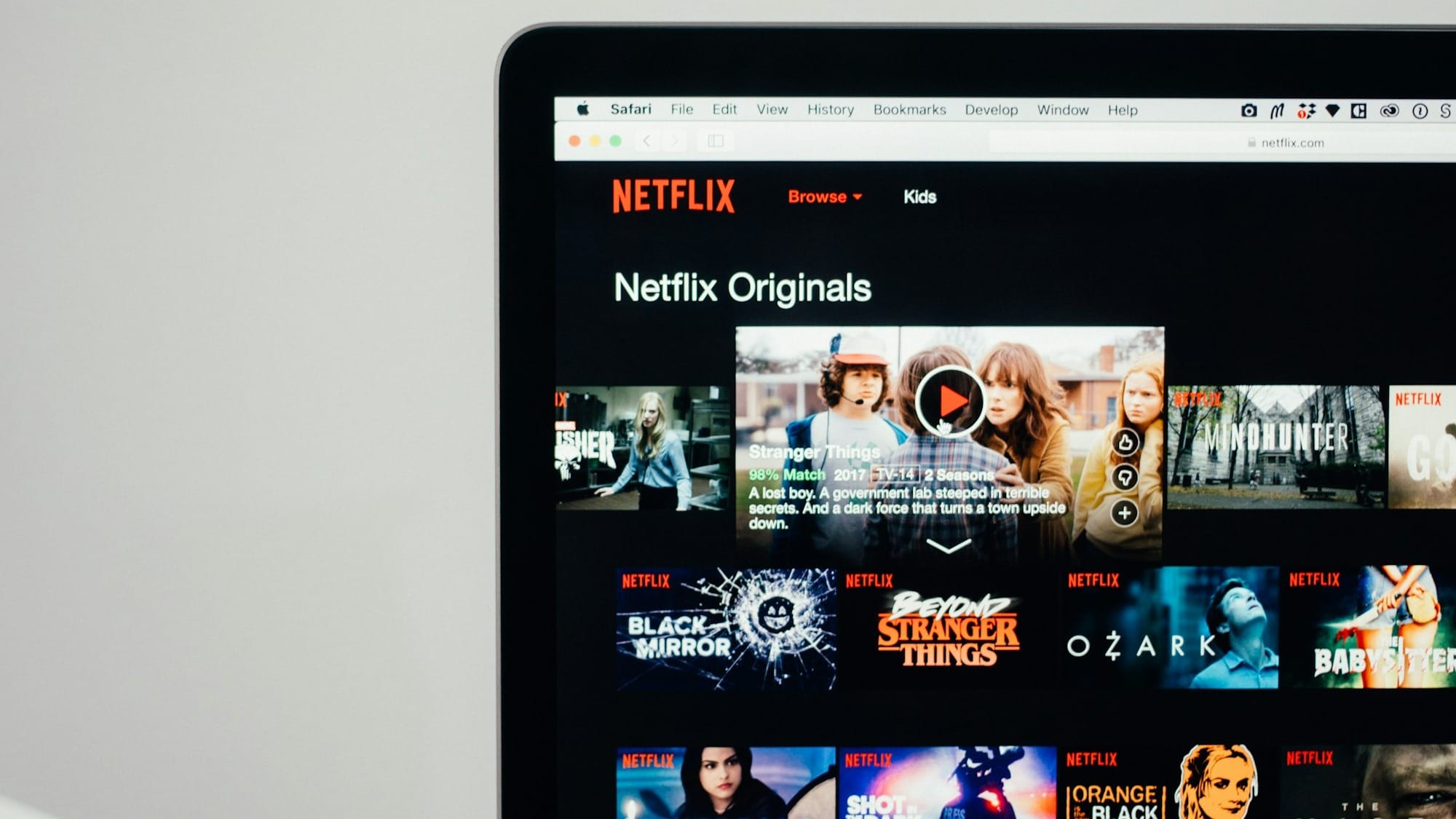Netflix posts record subscriber growth and revenue in Q4 2024
But raises subscription prices anyway.
Netflix just wrapped up its biggest quarter ever, adding 19 million new subscribers between October and December 2024—its largest single-quarter gain to date.
That surge pushed its total global subscriber base to 302 million, fueling a 16% jump in revenue to $10.25 billion compared to the same period in 2023. Its net profit also nearly doubled to $1.9 billion, exceeding Wall Street expectations and reinforcing Netflix’s dominance in the streaming industry.
With such strong financial results, a price hike might seem unnecessary. Yet, Netflix is raising subscription prices again in the U.S., Canada, Portugal, and Argentina.
Over the coming weeks, its ad-supported plan will increase to $7.99/month (from $6.99), the standard ad-free plan will jump to $17.99 (from $15.49), and the premium plan will climb to $24.99 (from $22.99). Netflix says the price hikes will help "improve the platform," but with subscriber growth at an all-time high and revenue soaring, the timing suggests something else is at play.


Much of Netflix’s recent success comes from its expansion into live programming. In Q4 2024, the company streamed a high-profile Jake Paul vs. Mike Tyson fight and two NFL Christmas Day games, events that drew tens of millions of viewers and, more importantly, increased ad revenue.
With its ad-supported plan gaining traction by over 55% last quarter, analysts predict advertising could become a major revenue driver in the coming years.
Interestingly, investors also seem to be on board. After the earnings report, Netflix’s stock surged 14%, hitting an all-time high. Clearly, Wall Street isn’t concerned about the risk of subscribers leaving over price hikes. And with major releases like Stranger Things, Squid Game, and Wednesday set to return, Netflix is betting that its content pipeline will keep people locked in—regardless of the cost.
For now, that bet seems to be working. But with Netflix, Disney+, Hulu, Paramount+, and others raising prices, the real question is: Are the days of affordable streaming service behind us?









